Here I am blogging again! After months away, it feels both foreign and familiar to be back here. It’s hard to believe that Winter quarter was 2 months ago. It feels like it has been much longer, and also just like yesterday.
When I reflect on my blogging during my last quarter I realize how much I had to push myself to get out of my own head while blogging. While on this journey to become a teacher I had spent a great deal of time thinking about me. What am I learning? What connections am I making? What am I learning about teaching? How does all of this make me feel? So much of this program had been about being reflective about you as a teacher and learner. Terms like unpacking your own knapsack and being reflective had caused me to focus my blogging primarily on what this process has been like for me. Though it is important to look inwards during this process I realized that I needed to focus on the overarching purpose of teaching, my students and their learning. I think this is the direction that I was moving towards in my blogging when my path changed. I had been set to spend two more weeks in my placement where I would switch my thinking to how am “I” impacting “them”. Unfortunately though life does not always work out as you plan and I needed to cut my student teaching experience short. I feel as though I was just gearing up to move out of my head and focus my blogging more on student learning when this process was put on hold. I cannot say that in my blogging I moved more deeply into using evidence of what my students were learning. I believe that this experience would have been completely different if I had completed those additional two weeks in the classroom.
This blog reflects my growth as a teacher who is reflecting on both her practice and her students. When this blog began a year ago, it was mostly just theoretical. My blogs were related to what I had read that week and my ideas about education. As I moved through this program and began to work with “real” students, these blogs became a lot more authentic. This quarter I thought deeply about issues that I saw in the classroom. I wrote about my experience with the importance of wait time, not only in whole class interactions, but also when working individually with students. I wrote about the importance of creating an authentic context for learning.
One thing that I have enjoyed about blogging is the ability to have insight into what others in my cohort are thinking. I learned about thoughts and experiences that I would not have known about if it were not for the blog. We shared our experiences often we were all together, yet I always felt like I gained such a deeper understanding of my classmates by reading their blogs every week. Blogs that I commented on that still stand out to me were about reaching a “difficult” student, classroom management, and the importance, or lack thereof, of students being quiet in the classroom.
It was nice to not only have this insight but also to have the ability to have conversations and share our thinking in this type of format. As we have learned, it is important to give our students multiple access points to the information we are teaching because students all have different needs and learning styles. Blogging gives us another way to express ourselves and learn from each other.

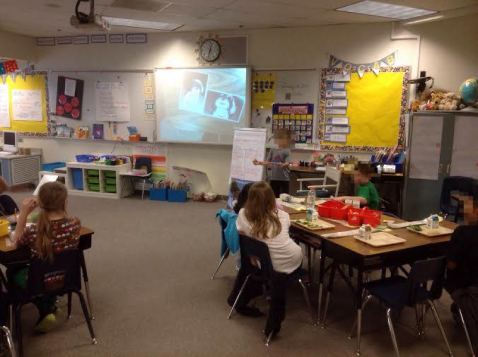
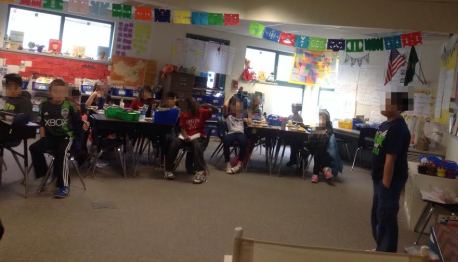
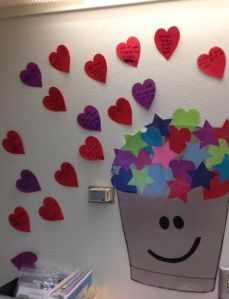
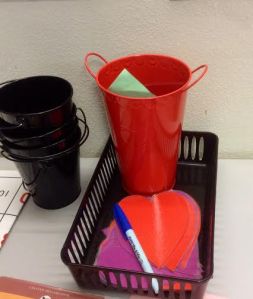
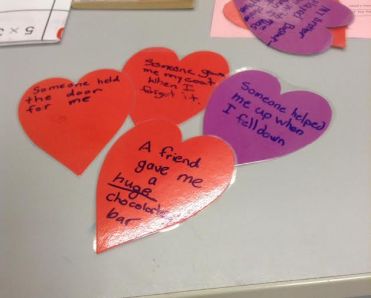
You must be logged in to post a comment.